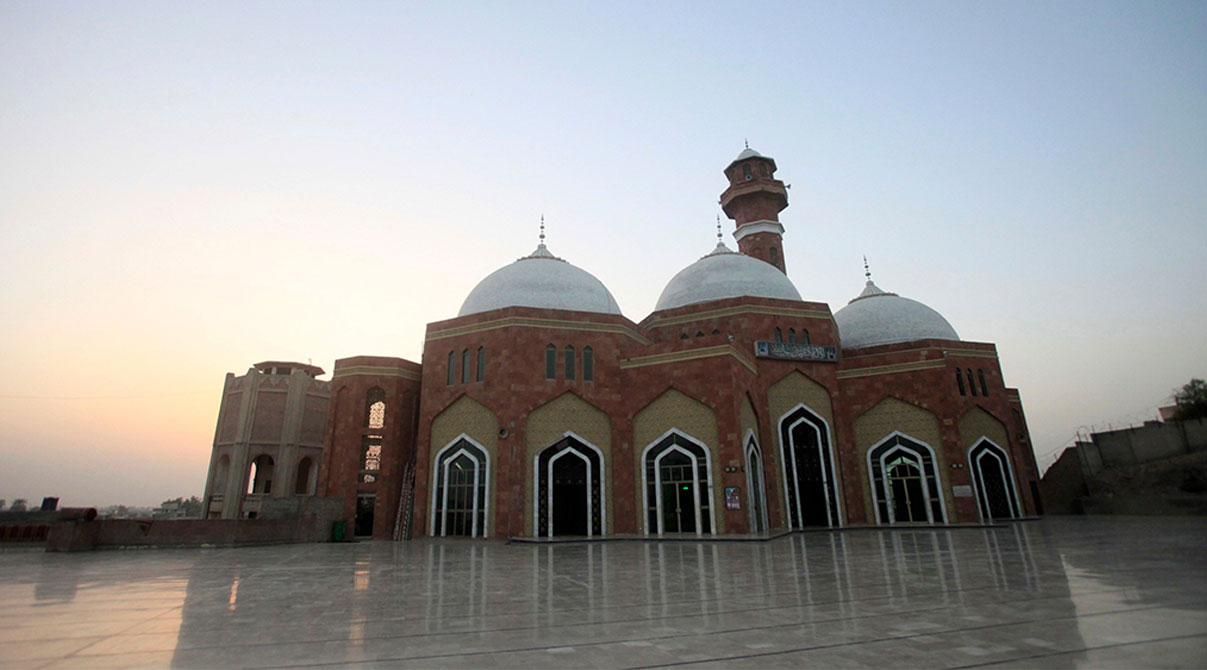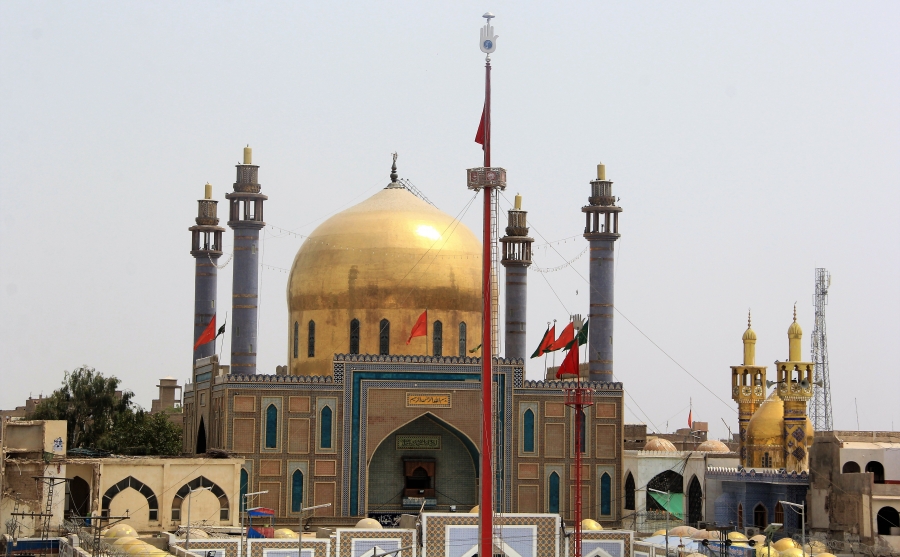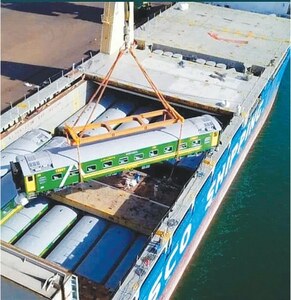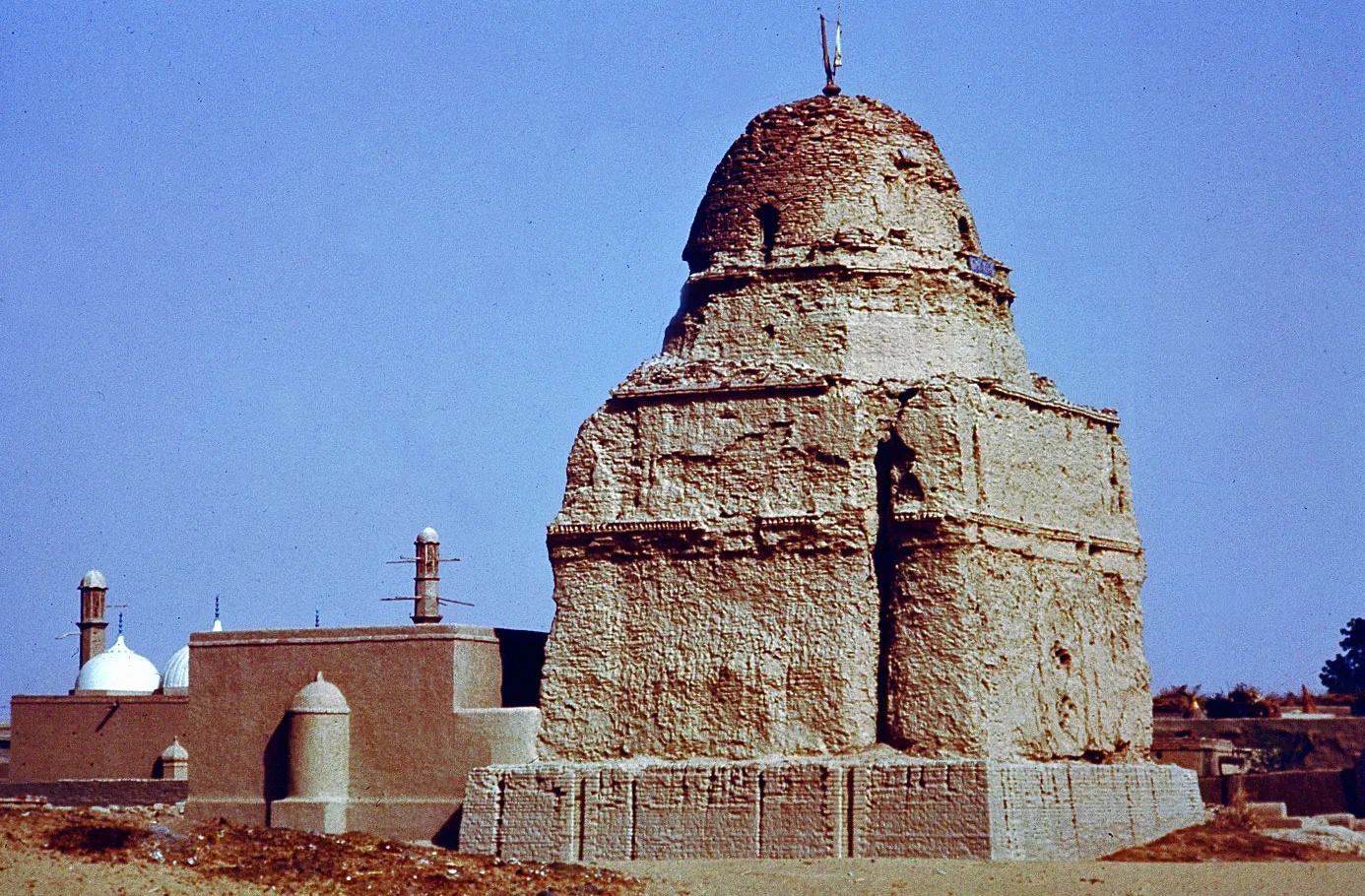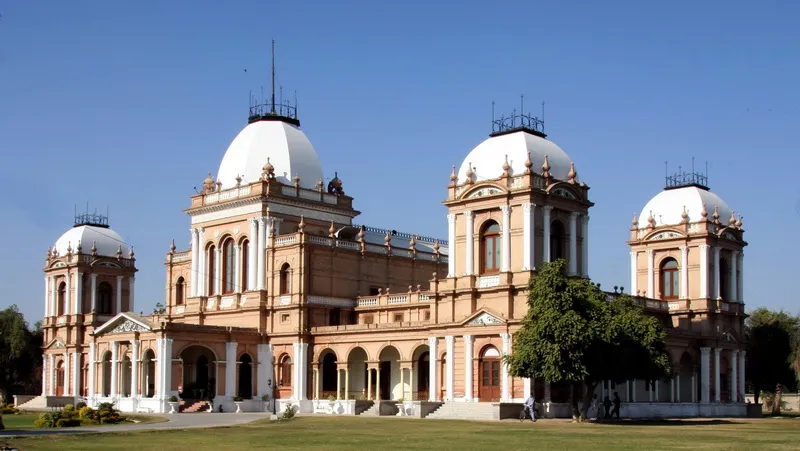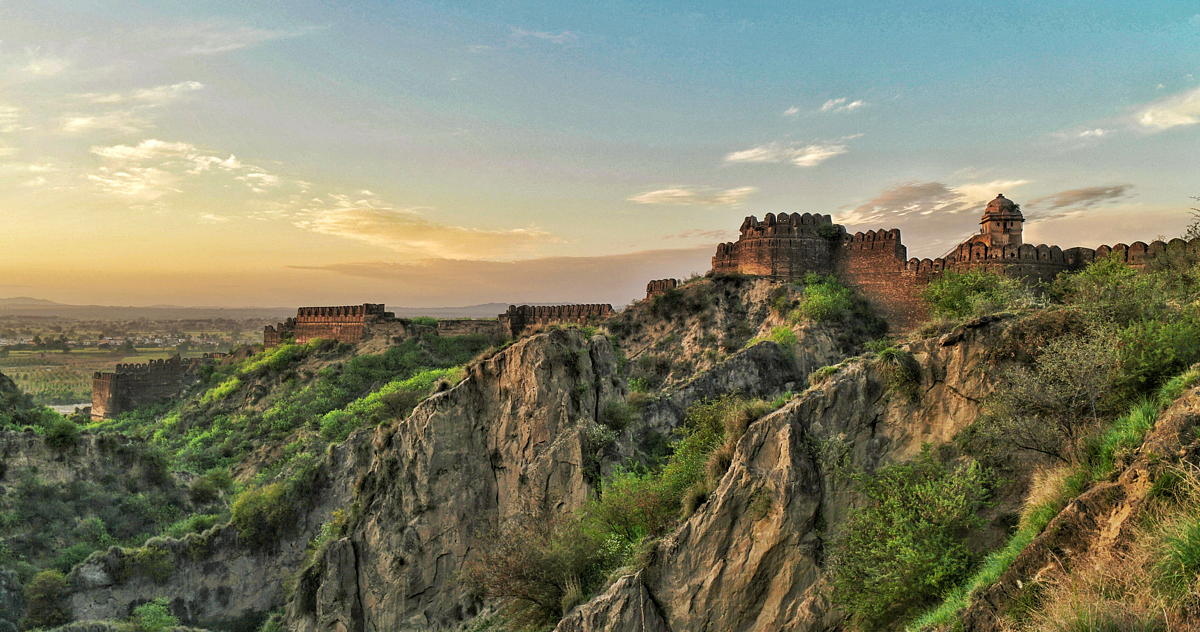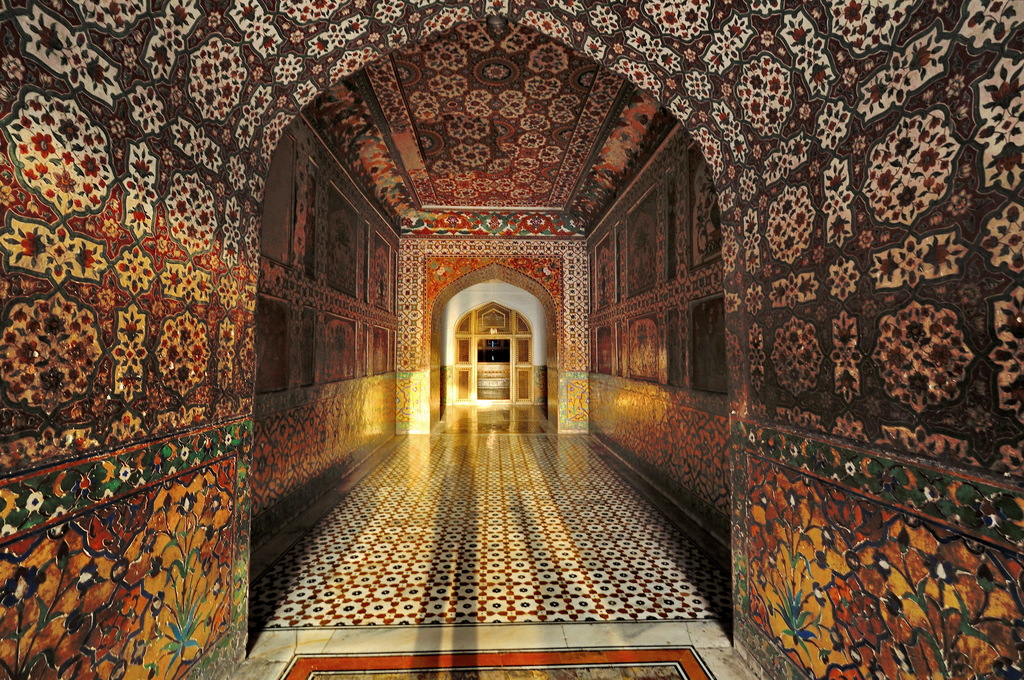
Bergerac city guide your weekend break sorted

t’s a lot easier getting to Bergerac than when the English ran the town six centuries ago, with flights winging in from Stansted, London City and half a dozen regional airports. This stirring spot in southwest France (population: 27,000) tells its own tale in sinuous streets, wonky half-timbering and Renaissance townhouses — all descending to the Dordogne River. The English were here for 300 years, along with Protestants, as the town simmered through France’s wars of religion. Cyrano de Bergerac wasn’t, though — he may be evoked all over town, but the big-nosed 17th-century libertine never set foot in the place. All this will become clearer still when, next month, the Dordonha heritage centre opens, recounting town and river in sprightly contemporary fashion.
What to do
● First saunter into the town centre, where the scurrying of centuries is immediately obvious. Follow the Tourism Office’s three-hour “Cyrano circuit” walk, but remember that the satirist and dramatist never got closer to Bergerac than Paris — his tag came from a hamlet of the same name in the Paris region, not from this Gascon settlement. Should your amble require an oomph you can download the treasure hunt app, which whisks you round streets too narrow for two fat friars via QR code clues (pays-bergerac-tourisme.com).
● No one would remember Cyrano had Edmond Rostand not fictionalised his life into the 1897 play often cited as France’s most popular, and the town has boosted the (non-) connection into a crowd-puller. The finest of its two Cyrano statues stands on Place de la Myrpe, a lovely half-timbered square — the town hall, incidentally, has a stock of replacement Cyrano nose for this, given that its outsized conk is so regularly knocked off by gamier visitors.
● As mentioned, the Dordonha (Occitan for “Dordogne”) opens next month in the 17th-century splendour of a former Catholic mission building. Look out for engrossing insight into Bergerac and its river, plus — a surprise, this — Armenian specialities in the café (free; bergerac.fr).

● The Tobacco Museum, the only one of its kind in France, commemorates not only the historical importance of the crop to Dordogne farming, but also covers more than 3,000 years of tobacco history. Among much other fascination you’ll learn that in tsarist Russia anyone caught smoking had their lips cut off; in Persia it was their noses — those were the days when anti-smoking campaigns had teeth (£4; bergerac.fr).
● Bergerac has another fleshly pleasure on its CV — the wines of the various Bergerac appellations. These share soil types and grape varieties with the bottles produced in next-door Bordeaux, but lack the renown, so are generally better value. Test the theory at the new and groovy Maison des Vins wine HQ above the Quai Cyrano tourist office.

● In the 19th century wine went down river to the port of Bordeaux on flat-bottomed wooden boats. Reproductions of these host gentle 50-minute river cruises, during which you can listen to the commentary, look for herons and cranes or slip into a siesta (£10; gabarresdebergerac.fr). Should you want something more vigorous, hire bikes — electric or classic — from the tourist office and explore the Dordogne riverbank (pays-bergerac-tourisme.com).
The coolest neighbourhood
Where the historic centre of the town drops down to the Dordogne is the place to find the best restaurants and bars, such as Plus Que Parfait (or “PQP” to initiates), an English pub-a-like with a youthful Gascon sheen — 16 draught beers, countless craft bottles (try the local La Coulobre) and cocktails, plus weekend live music, smiles and Bergerac’s hippest terrace. Nearby is the most interesting shop in town, Peninsule, a concept store where almost all of the designs originate from the owner, Krystel Gence, and Bergerac itself — from clothes, tableware and proper picnic baskets to art, drinks and stationery (fb.com/peninsulebergerac).
Where to eat and drink

L’Authentik
Among the very best duck dishes in duck-obsessed Dordogne is cromesquis d’effiloché de canard — essentially, battered pulled-duck balls with spiced gravy. The young chef here, Klo, formerly of France’s Top Chef, does similarly youthful things with other trad ingredients at ultra-reasonable prices (two courses £21; lauthentik-restaurant.fr).
L’Imparfait
This Bergerac institution of bare stone walls and beams punctuated with modern art (spot the Niki de Saint Phalle figurines) is unable to take sole meunière off its menu because there’d be riots. The dish is big, fresh and brilliant — as is the other stand-out, beef fillet with foie gras. Then again, everything’s good: Dordogne caviar, oysters, lamb, the lot — that’s why it’s an institution (mains from £23; imparfait.com).

Bistro d’en Face
Across the river from the town centre, this bistro has a fab setting and terrace, overlooking the Dordogne. Come here for razor clams, smoked pork belly with spices and hake in a coulis of pepperoni and pepper, which is about as good as fish gets (two courses from £25; fb.com/lebistrodenface).
Numéro 7
The second of Bergerac’s two bounciest bars, with a slightly older age profile, has live jazz on Fridays and Saturdays, a genial host and apéritif platters of cheese and charcuterie for £14. It’s in the Madeleine district, just past the Bistro d’en Face (glass of wine from £5; numero7-bergerac.fr).

Table du Marché
Next door but one to the local Communist Party HQ (which might explain the higher prices), Stéphane Cuzin’s restaurant masters the apparently simple with top-class panache. Ask nicely and he’ll give you the recipe for, say, veal with a Noilly Prat sauce or turbot in a shellfish preparation (mains from £29; table-du-marche.com).
Une Cuillère Pour Maman
Vegetarian, vegan, organic — this delightful spot (its name translates as “One Spoonful for Mummy”) ticks millennial boxes by the dozen, with terrace tables on one of the loveliest squares in Bergerac, near the Tobacco Museum. The mains include spelt, leek and mushroom risotto (two courses £17; fb.com/resto.locobio).
This article contains affiliate links.
Where to stay

Appartements du Palais
An apart-hotel, with apartments slotted into a higgledy-piggledy building in the historical centre (behind the Palais de Justice), above premises that once hosted the optician-photography business of their sympathique owner. Comfort, space and facilities come in ample supply — kitchen, bedroom, bathroom, lounge, TV — and the decor is a witty collection of photography and optician memorabilia from the past century (room-only doubles from £90; adp24.fr).
Hôtel de Bordeaux
The oldest hotel in town feels pretty modern (it’s been updated often), with practical bedrooms, charming gardens and a swimming pool out back, plus — in Jean-Philippe Manant — a terrifically pleasant, English-speaking boss. There are no meals, bar a buffet breakfast, but the choice within 300 yards is immense (room-only doubles from £57; hotel-bordeaux-bergerac.com).

Clos d’Argenson
The classiest place in town is exactly as you hope chambres-d’hôtes will always be — a bourgeois townhouse elegantly furnished by owners who know a thing or two about refinement (a retired psychiatrist and a manager of luxury hotels). Rooms and salons are huge and would be adequate for Marie Antoinette, should she ever show up. There are gardens, a swimming pool, a hot tub and a sense of civility (B&B doubles from £159; leclosdargenson.com).

If you only do one thing
Make for the Maison des Vins on Quai Cyrano at lunch or evening aperitif time, taste wisely among the Bergerac region’s 13 appellations, order an assiette of cold cuts, river fish or veggie stuff, then take a bottle — maybe a Pécharmant red — onto the terrace overlooking the river. Settle down — life just went rosy (assiettes £12; vins-bergeracduras.fr).




























































































